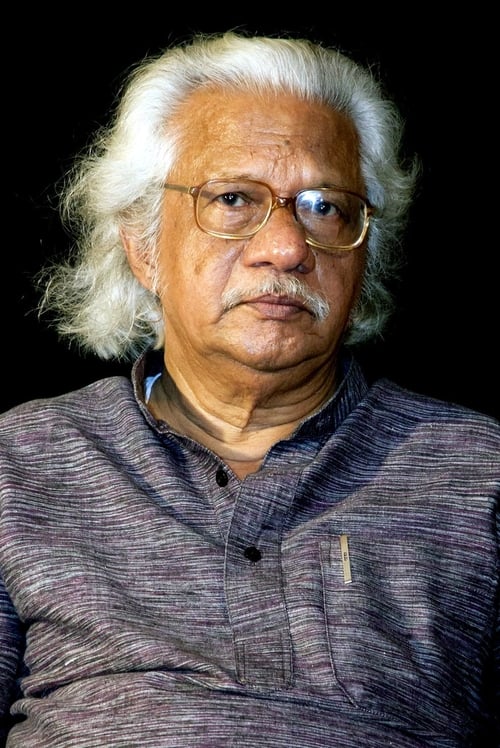
Adoor Gopalakrishnan
Nascimento : 1941-07-03, Adoor, Travancore, India
História
Adoor Gopalakrishnan is an Indian film director, script writer, and producer.
Adoor Gopalakrishnan had a major role in revolutioning Malayalam cinema during the 1970s and is regarded as one of the most notable filmmakers of India. Adoor's first film Swayamvaram (1972, script by K.P Kumaran the director of one of the best Indian film" Athidhi ".) pioneered the new wave cinema movement in Kerala along with " Olavum Theeravum " (1970) and " Athidhi "(1974). Most of his films go to festivals around the world, and are released in Kerala. All the eleven films he directed, from Swayamvaram to Oru Pennum Randaanum (2008), were screened at several international film festivals and won him several national and international awards. He won National Film Awards 16 times, Kerala State Film Awards 17 times and also won several international film awards. He won the prestigious British Film Institute Award for Elippathayam (1981). Adoor received the Padma Shri in 1984 and the Padma Vibhushan in 2006. The Nation honoured Adoor for his valuable contributions to Indian cinema by awarding him the highest cinema award of India, the Dadasaheb Phalke Award for the year 2004.

Writer
Sukhantyam reflects upon isolation and loneliness experienced by people of all groups, and the emotional fragility that prompts them to contemplate suicide.

Director
Sukhantyam reflects upon isolation and loneliness experienced by people of all groups, and the emotional fragility that prompts them to contemplate suicide.

Self
With a distinct filmography that faithfully depicts a cross-section of the Kerala society on celluloid during his active years, KG George is a master filmmaker and a true genius. This documentary is an attempt to analyse the relevance of his major films and understand his unique personality

Producer
After years spent living off the modest wealth of his in-laws, a man hatches a desperate plan that draws his respectable middle-class family into a vortex of crime.

Writer
After years spent living off the modest wealth of his in-laws, a man hatches a desperate plan that draws his respectable middle-class family into a vortex of crime.

Director
After years spent living off the modest wealth of his in-laws, a man hatches a desperate plan that draws his respectable middle-class family into a vortex of crime.

Self
Adoor Gopalakrishnan’s films map the history of the region from the inside. This Documentary looks at how the filmmaker dealt with human conditions at the most elemental level with a sensibility that makes his films universal in appeal.

Self
Indian documentary about Indian film history and P. K. Nair, the founder of the National Film Archive of India and guardian of Indian cinema. He built the archive can by can in a country where the archiving of cinema was considered unimportant.
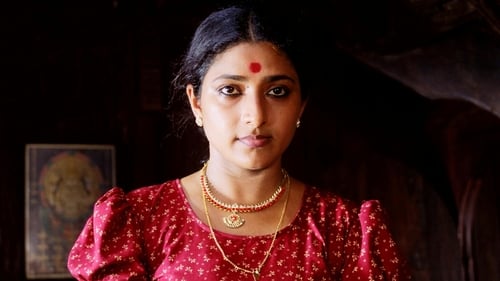
Writer
The four chapters of the film tell stories, which are independent of each other. The only connection between them is the recurring theme of crime. With the flow of the movie, there is an increase in the complexity of the crimes.

Producer
The four chapters of the film tell stories, which are independent of each other. The only connection between them is the recurring theme of crime. With the flow of the movie, there is an increase in the complexity of the crimes.

Director
The four chapters of the film tell stories, which are independent of each other. The only connection between them is the recurring theme of crime. With the flow of the movie, there is an increase in the complexity of the crimes.
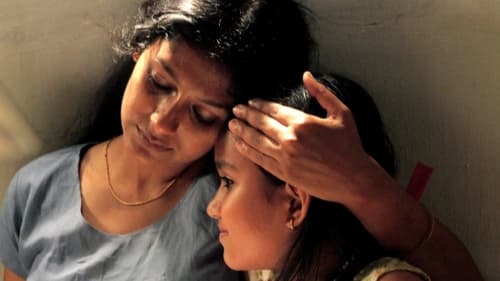
Producer
A drama centered around four women at Kuttanad in Kerala's Alappuzha district.

Screenplay
A drama centered around four women at Kuttanad in Kerala's Alappuzha district.

Director
A drama centered around four women at Kuttanad in Kerala's Alappuzha district.

Self
What is the state of cinema and what being a filmmaker means? What are the measures taken to protect authors' copyright? What is their legal status in different countries? (Sequel to “Filmmakers vs. Tycoons.”)

Himself
How the cinema industry does not respect the author's work as it was conceived, how manipulates the motion pictures in order to make them easier to watch by an undemanding audience or even how mutilates them to adapt the original formats and runtimes to the restrictive frame of the television screen and the abusive requirements of advertising. (Followed by “Filmmakers in Action.”)

Producer
A hangman questions the moral implications of his job after learning that he executed an innocent man.

Writer
A hangman questions the moral implications of his job after learning that he executed an innocent man.

Director
A hangman questions the moral implications of his job after learning that he executed an innocent man.

Director
Film on art and life of well-known Kathakali Artist - Kalamandalam Gopi.

Producer
This intimately-constructed drama traces the consequences of the tumultuous political and social changes that swept through India in the years since pre-Independence 1937.

Writer
This intimately-constructed drama traces the consequences of the tumultuous political and social changes that swept through India in the years since pre-Independence 1937.

Director
This intimately-constructed drama traces the consequences of the tumultuous political and social changes that swept through India in the years since pre-Independence 1937.

Screenplay
Thommy is the loyal servant of Bhaskara Pattelar, a ruthless tyrant. He struggles between obedience and morality.

Director
Thommy is the loyal servant of Bhaskara Pattelar, a ruthless tyrant. He struggles between obedience and morality.
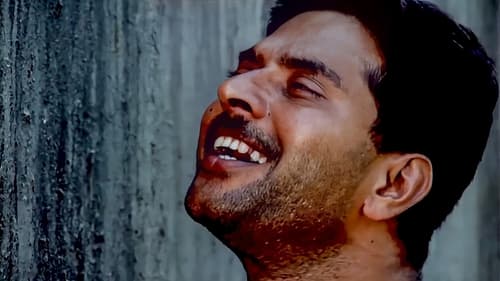
Producer
The film focuses on the prison life of Vaikom Muhammad Basheer and the love between him and Narayani, a female inmate of the prison, who remains unseen throughout the film.

Screenplay
The film focuses on the prison life of Vaikom Muhammad Basheer and the love between him and Narayani, a female inmate of the prison, who remains unseen throughout the film.

Director
The film focuses on the prison life of Vaikom Muhammad Basheer and the love between him and Narayani, a female inmate of the prison, who remains unseen throughout the film.
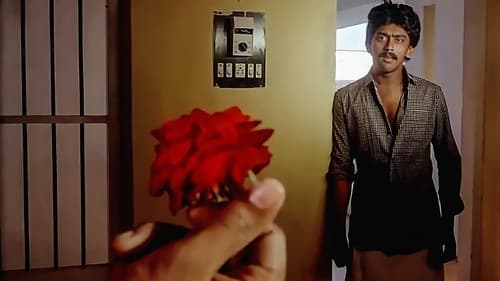
Story
A young man narrates two conflicting accounts of his life, changing the details and incidents in both, as he slowly approaches madness.

Screenplay
A young man narrates two conflicting accounts of his life, changing the details and incidents in both, as he slowly approaches madness.

Director
A young man narrates two conflicting accounts of his life, changing the details and incidents in both, as he slowly approaches madness.

Cinematography
The second entry in Velu Viswanadhan's series of experimental documentaries. This film traces the Ganges river upstream.

Story
The film starts in the early 1950s showing Sreedharan, the protagonist, as a very popular communist leader and trade union activist. He is forced to go underground after his name was associated with the murder of the owner of a tile factory. He is considered to be dead by his party and they even erect a memorial for him. But he makes an unexpected comeback almost 10 years later, after the first communist ministry gained and lost power in Kerala and after the Communist Party of India has split. On his return, he spends his time sleeping and drinking. His come back is first a puzzle and then an embarrassment to his comrades and family. As the disappointment on his new face grows, he is found murdered. The film ends when both the communist parties jointly celebrate his martyrdom.

Screenplay
The film starts in the early 1950s showing Sreedharan, the protagonist, as a very popular communist leader and trade union activist. He is forced to go underground after his name was associated with the murder of the owner of a tile factory. He is considered to be dead by his party and they even erect a memorial for him. But he makes an unexpected comeback almost 10 years later, after the first communist ministry gained and lost power in Kerala and after the Communist Party of India has split. On his return, he spends his time sleeping and drinking. His come back is first a puzzle and then an embarrassment to his comrades and family. As the disappointment on his new face grows, he is found murdered. The film ends when both the communist parties jointly celebrate his martyrdom.

Director
The film starts in the early 1950s showing Sreedharan, the protagonist, as a very popular communist leader and trade union activist. He is forced to go underground after his name was associated with the murder of the owner of a tile factory. He is considered to be dead by his party and they even erect a memorial for him. But he makes an unexpected comeback almost 10 years later, after the first communist ministry gained and lost power in Kerala and after the Communist Party of India has split. On his return, he spends his time sleeping and drinking. His come back is first a puzzle and then an embarrassment to his comrades and family. As the disappointment on his new face grows, he is found murdered. The film ends when both the communist parties jointly celebrate his martyrdom.
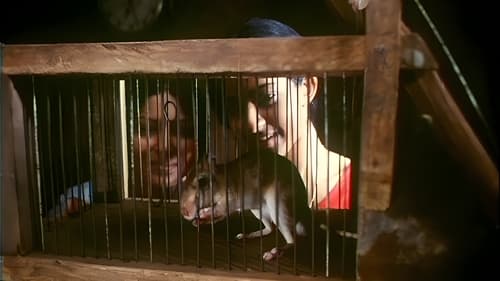
Writer
Unni is the last male heir of a decaying feudal family in rural Kerala. His inability to accept the socio-economic changes of a new society causes him to gradually withdraw into isolation and paranoia.

Director
Unni is the last male heir of a decaying feudal family in rural Kerala. His inability to accept the socio-economic changes of a new society causes him to gradually withdraw into isolation and paranoia.

Director
Krishnattam or Krishnanattam (Play of Krishna) is a temple ritualistic art performed at Guruvayur Temple (Guruvayur 680101, Trishshur District, Kerala) by a troupe owned by Guruvayur Devasvam. The performance of Krishnattam is based on Krishnagiti, a poetic text in Sanskrit containing verses and stanzas, written by the Zamorin King Manavedan in 1654. The story of Krishna, described in Bhagavata, Mahabharata and Harivamsha is presented in Krishnattam as songs, dance and acting in a sequence of eight plays (Avataram, Kaliyamardanam, Rasakrida, Kamsavadham, Svayamvaram, Banayuddham, Vividavadham and Svayamvaram) in eight days.

Producer
The film highlighting the Dravidian temple architecture and bronze sculpture which attained the creative pinnacle during the rule of the Cholas in the 10th and the 11th centuries. Cholas were great temple builders. The temple of Vijayalaya Cholesvara is one of the finest examples of the early Chola style. The temple of Nagesvara at Kumbakonam is remarkable for the sculptures found in the niches of its outer walls. The Brihadesvara temple at Thanjavur is a landmark in the evolution of building art in India.Among several such unique temples, Tribhuvanam is the last important temple belonging to the Cholas. Besides temple architecture,the bronze sculpture of the Cholas holds a unique place in the field of art. One of the most important and famous of all Hindu icons,that of the cosmic dance of the Nataraja is intimately associated with the Chola bronzes.

Script
The film highlighting the Dravidian temple architecture and bronze sculpture which attained the creative pinnacle during the rule of the Cholas in the 10th and the 11th centuries. Cholas were great temple builders. The temple of Vijayalaya Cholesvara is one of the finest examples of the early Chola style. The temple of Nagesvara at Kumbakonam is remarkable for the sculptures found in the niches of its outer walls. The Brihadesvara temple at Thanjavur is a landmark in the evolution of building art in India.Among several such unique temples, Tribhuvanam is the last important temple belonging to the Cholas. Besides temple architecture,the bronze sculpture of the Cholas holds a unique place in the field of art. One of the most important and famous of all Hindu icons,that of the cosmic dance of the Nataraja is intimately associated with the Chola bronzes.

Narrator
The film highlighting the Dravidian temple architecture and bronze sculpture which attained the creative pinnacle during the rule of the Cholas in the 10th and the 11th centuries. Cholas were great temple builders. The temple of Vijayalaya Cholesvara is one of the finest examples of the early Chola style. The temple of Nagesvara at Kumbakonam is remarkable for the sculptures found in the niches of its outer walls. The Brihadesvara temple at Thanjavur is a landmark in the evolution of building art in India.Among several such unique temples, Tribhuvanam is the last important temple belonging to the Cholas. Besides temple architecture,the bronze sculpture of the Cholas holds a unique place in the field of art. One of the most important and famous of all Hindu icons,that of the cosmic dance of the Nataraja is intimately associated with the Chola bronzes.

Director
The film highlighting the Dravidian temple architecture and bronze sculpture which attained the creative pinnacle during the rule of the Cholas in the 10th and the 11th centuries. Cholas were great temple builders. The temple of Vijayalaya Cholesvara is one of the finest examples of the early Chola style. The temple of Nagesvara at Kumbakonam is remarkable for the sculptures found in the niches of its outer walls. The Brihadesvara temple at Thanjavur is a landmark in the evolution of building art in India.Among several such unique temples, Tribhuvanam is the last important temple belonging to the Cholas. Besides temple architecture,the bronze sculpture of the Cholas holds a unique place in the field of art. One of the most important and famous of all Hindu icons,that of the cosmic dance of the Nataraja is intimately associated with the Chola bronzes.

Writer
Sankarankutty, a village simpleton, lives a carefree life, indulges in childish pursuits, lives off the money given to him by his sister (working elsewhere as a servant), and eats quite voraciously. Then one day he gets married, but the wife is frustrated by his aimless lifestyle & irresponsible attitude (even after she gets pregnant). So she goes back to her parents. Meanwhile, his sister who is now living with her lover, can no longer provide for him, and a kind widow who used to care for him passes away. He has nowhere & nobody to fall back on, and from this point on, as he starts a job as assistant to a lorry driver, he starts looking at life in a whole new way and begins to mature as well.

Director
Sankarankutty, a village simpleton, lives a carefree life, indulges in childish pursuits, lives off the money given to him by his sister (working elsewhere as a servant), and eats quite voraciously. Then one day he gets married, but the wife is frustrated by his aimless lifestyle & irresponsible attitude (even after she gets pregnant). So she goes back to her parents. Meanwhile, his sister who is now living with her lover, can no longer provide for him, and a kind widow who used to care for him passes away. He has nowhere & nobody to fall back on, and from this point on, as he starts a job as assistant to a lorry driver, he starts looking at life in a whole new way and begins to mature as well.

Screenplay
Vishwam and Sita, who resist the opposition from their families, elope and marry. The unemployed couple begin a happier married life, but soon land in a sea of perils without a source of income.

Director
Vishwam and Sita, who resist the opposition from their families, elope and marry. The unemployed couple begin a happier married life, but soon land in a sea of perils without a source of income.












